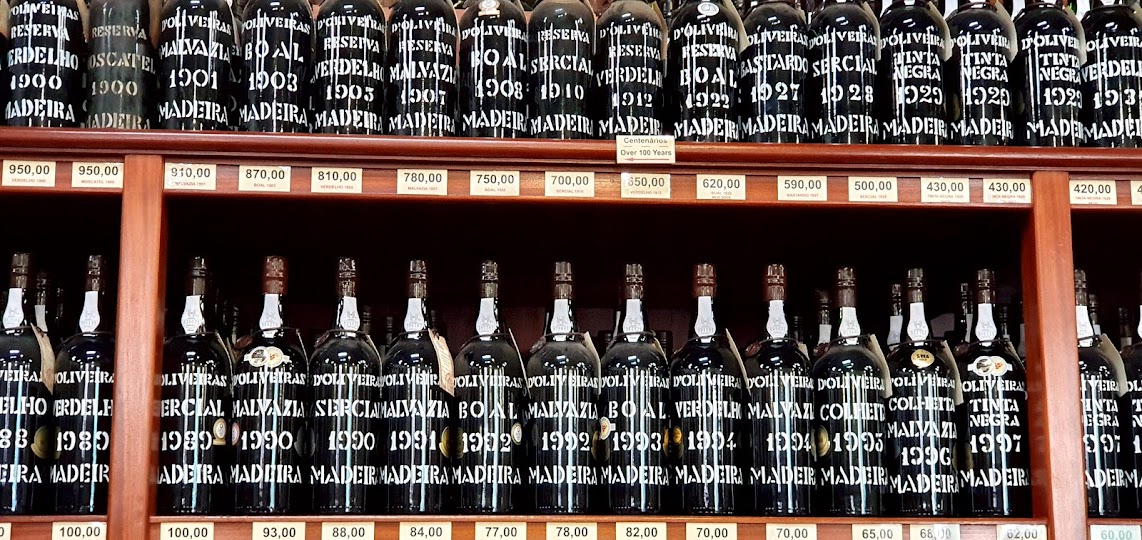. This has become a notable and pleasant tradition on the London wine scene. Here below are my main takeaway points.
Greece did not make the oldest wines in the world, but Greek cities (there was no such things as "Greece") produced the first sophisticated culture of wine. The Symposium was a fundamental contribution to western culture: a social gathering following a banquet to pursue the pleasures of wine and music. A far cry from what we think today of a symposium: a gathering of experts to discuss a subject matter at a sophisticated or scientific level.
Greece also developed the first kind of "controlled denomination of origin" by legislating that producers had to use different kinds of amphoras depending on the type of wine. Heavy fines were imposed on rule breakers!
I mentioned there were older wines around the world (Georgia, Mesopotamia) but perhaps the oldest in Europe was indeed Greek, and the oldest known press is to be found near Knossos, on the island of Crete.
The Greeks drank their wine diluted in water, a habit that the Romans would later copy just like they copied (and often improved) on so much of Greek culture. Three parts of water to one part of wine was the accepted ratio, probably because it would make the wine more drinkable and hide its inevitable faults. (The Romans were known to mix wine and water also for the opposite reason: to allow alcohol to at least partially disinfect drinking water.)
Wine continued to develop in Greece long after the classic period but it suffered during the many centuries of Turkish occupation as it was perceived contrary to the precepts of islam.
One had to wait until the 1990s to finally see a revival of quality production. Greek winemakers went abroad to study, mainly in France but also in italy and the US, and vineyards invested in state of the art technology. A school of oenology has been active in Athens wince 1980.
Membership in the EU after 1981 also helped a lot, with the Common Agricultural Policy providing much needed funding to increase investment and the EU authorities regulating production to improve quality.
Today, some 65,000 hectares of land are planted with vines (though the exact number is now known, the cadastre is less than totally accurate) and this still not much, less than 2% of vines in the EU as a whole. Two thirds are devoted to produce white wine and one third red.
Germany and the USA are the main export markets.
The great news of recent years is that, while at the beginning of the quality revival in the 1990s producers preferred international grapes, mostly from France, now they devote special attention to plant local varieties, at least where this can be made to optimize quality.
Tasting notes:
1. Jima Winery, Super Girl 2022
Debina
Citrus, fresh and long, moderately complex.
No price given. Score 86.
2. Ktima Gerovassiliou, Malagousia 2023
Malagousia
Apricot, complex and long, perfect balance.
RRP £24. Score 89.
3. Ktima Pavlidis, Emphasis 2023
Assyrtiko
Structure, balance and length. Excellent value.
RRP £16. Score 90.
4. Wine Art Estate, Plano 2023
Assyrtiko
Similar to previous wine, slightly rounder.
RRP not given, Score 90.
5. Domaine Hatzimichalis, Alepotrypa Vineyard 2023
Assyrtiko
Round, soft sensations prevail.
RRP £ 16. Score 86.
6. Ktima Biblia Chora Areti White 2022
40% Assyrtiko 60% sauvignon blanc
Fresh, chalky like its land, zesty.
RRP £ 26. Score 88.
7. Nico Lazaridi Wines, Evil Eye Rosé 2022
Xinomavro
Fresh, structured, slight bitter ending.
RRP £ 27. Score 90
8. Domaine Costa Lazaridi, Château Julia 2021
Agiorgitiko
Strong tannins, a bit rough on the palate, maybe it needs more time.
RRP 15. Score 80.
9. Samartzis Estate, Papanikolas 2021
Mouhtaro
Fruity wine but alcohol predominates
RRP £ 37. Score 82.
10. Alpha Estate Ecosystem reserve vieilles vignes Barba Yannis 2020
Xinomavro
Fruity, complexity, will improve with rounder tannins in a couple of years.
RRP £37. Score 85
11. Noema Winery Invicta red 2020
Xinomavro
Also fruity with alcohol too much front and center, a touch of sweet.
RRP not given. Score 82.
12. Diamantakos Winery, Naoussa 2020
Xinomavro
Fruit and structure, moderate complexity and length.
RRP £ 30. Score 87.
13. Kir-Yanni Estate, Ramnista 2019
Xinomavro
Fruit and structure, perfect balance and good length. Ready now.
RRP £25. Score 92
14. Boutari Wineries, Naoussa Grande Reserve 2013
Xinomavro
Complex and long, balanced, the best wine today.
RRP £25. Score 93.
15. Kechris Winery, Tear of the Pine Retsina 2022
Assyrtiko
Good structure and balance, a typical new generation high quality retsina wine.
RRP not given. Score 89.
























